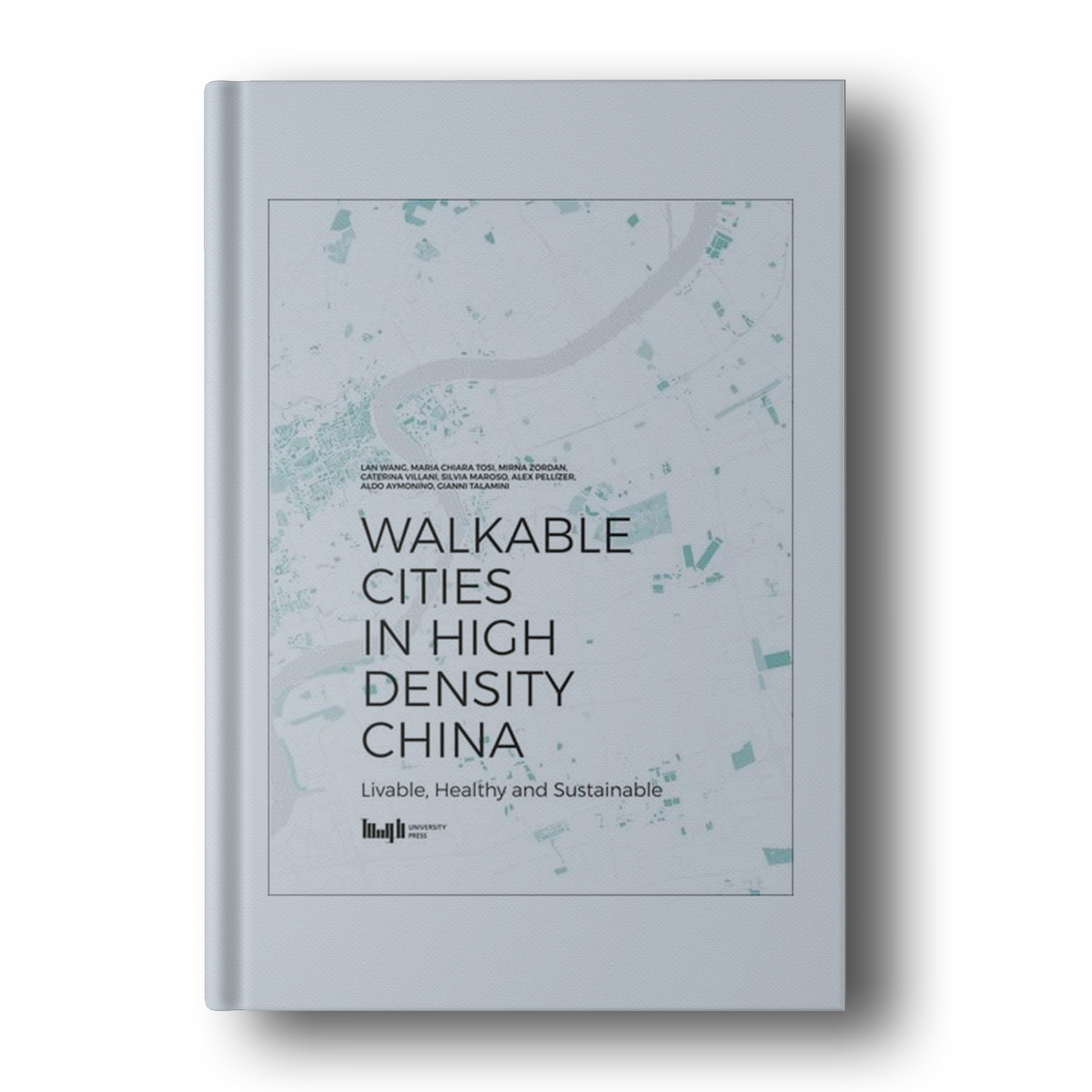• Explores the design innovation developed to create a walkable environment in high density cities using Shanghai and Shenzhen as examples showing how to make cities more liveable, healthier, and friendlier, by making them walkable and overall more sustainable
• The first outcome of the Joint Research Lab an academic encounter between University IUAV of Venice and Tongji University, College of Architecture and Urban Planning (CAUP)
Modern Chinese cities, which have been developed at a rapid speed and a massive scale for about thirty years, are confronted with many challenges to becoming more livable, healthy, and sustainable. Among a variety of design principles this book suggests that walkability is the fundamental principle to improving quality of life.
A walkable city provides a convenient and comfortable walking and cycling environment for all local residents. This book attempts to explore the design innovation to create a walkable city and propose solutions within the high density cities Shenzhen and Shanghai.
Selected cases include an urban village in Shenzhen and the CBD and a workers community in Shanghai as different spatial samples to apply specific design strategies for a livable, healthy, and sustainable city.


![Utopia Or Auschwitz [Paperback]](https://booksandbook.com/wp-content/uploads/2023/11/Utopia-Or-Auschwitz-Paperback-600x600.png)
![War Comes to Garmser: Thirty Years of Conflict on the Afghan Frontier - First Edition [Hardcover]](https://booksandbook.com/wp-content/uploads/2023/11/War-Comes-to-Garmser-Thirty-Years-of-Conflict-on-the-Afghan-Frontier-First-Edition-Hardcover-600x600.png)











Reviews
There are no reviews yet.